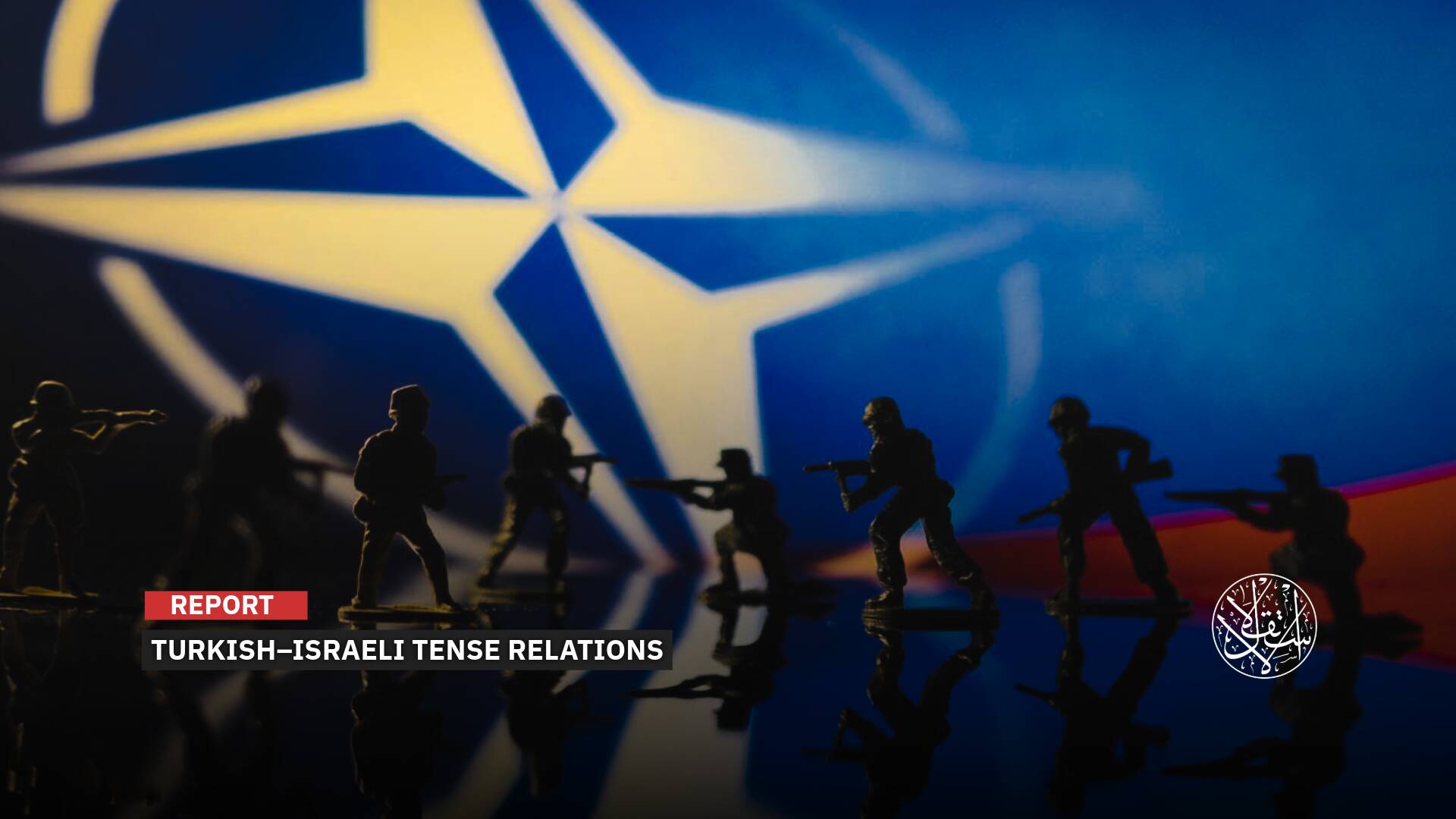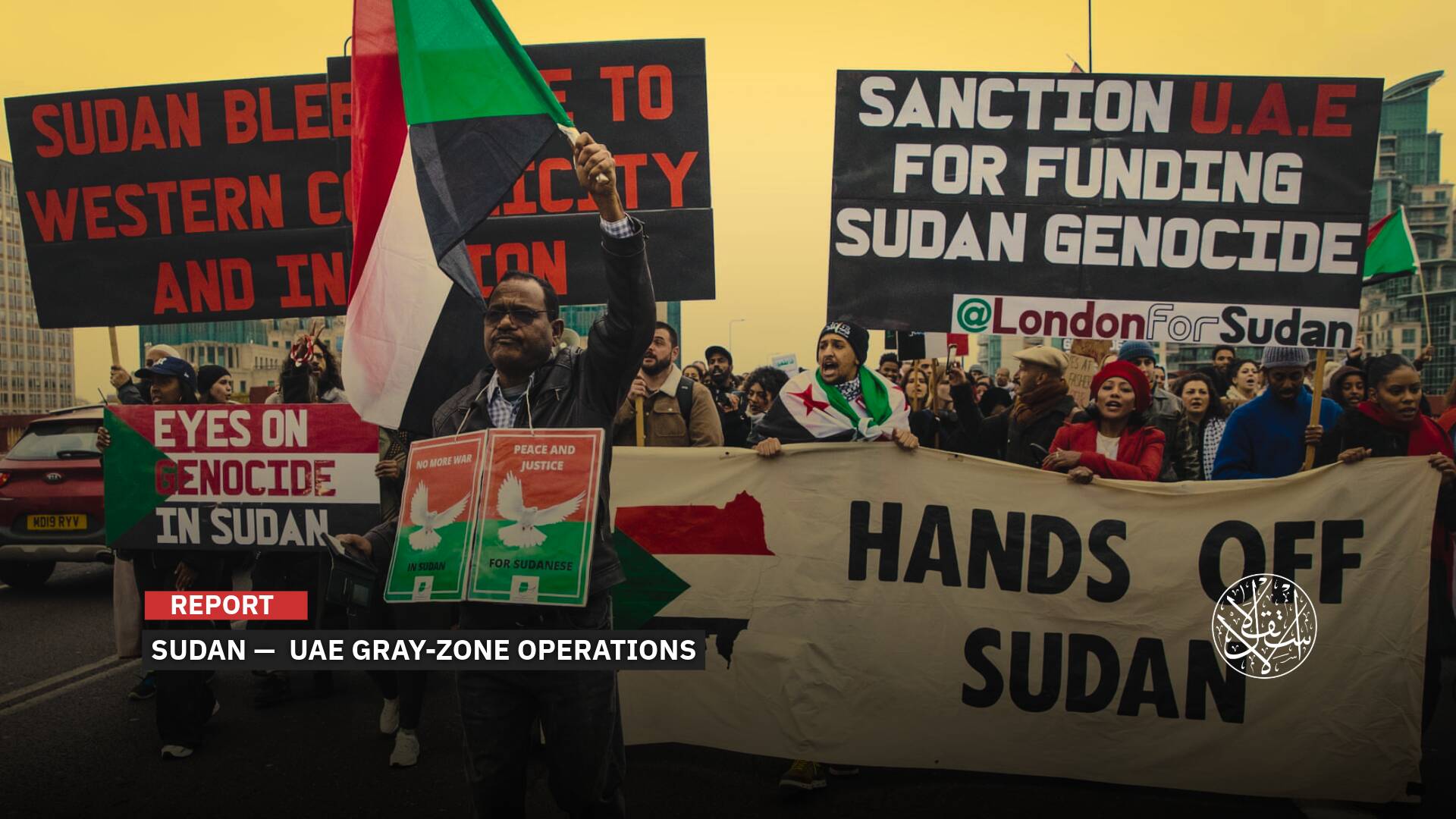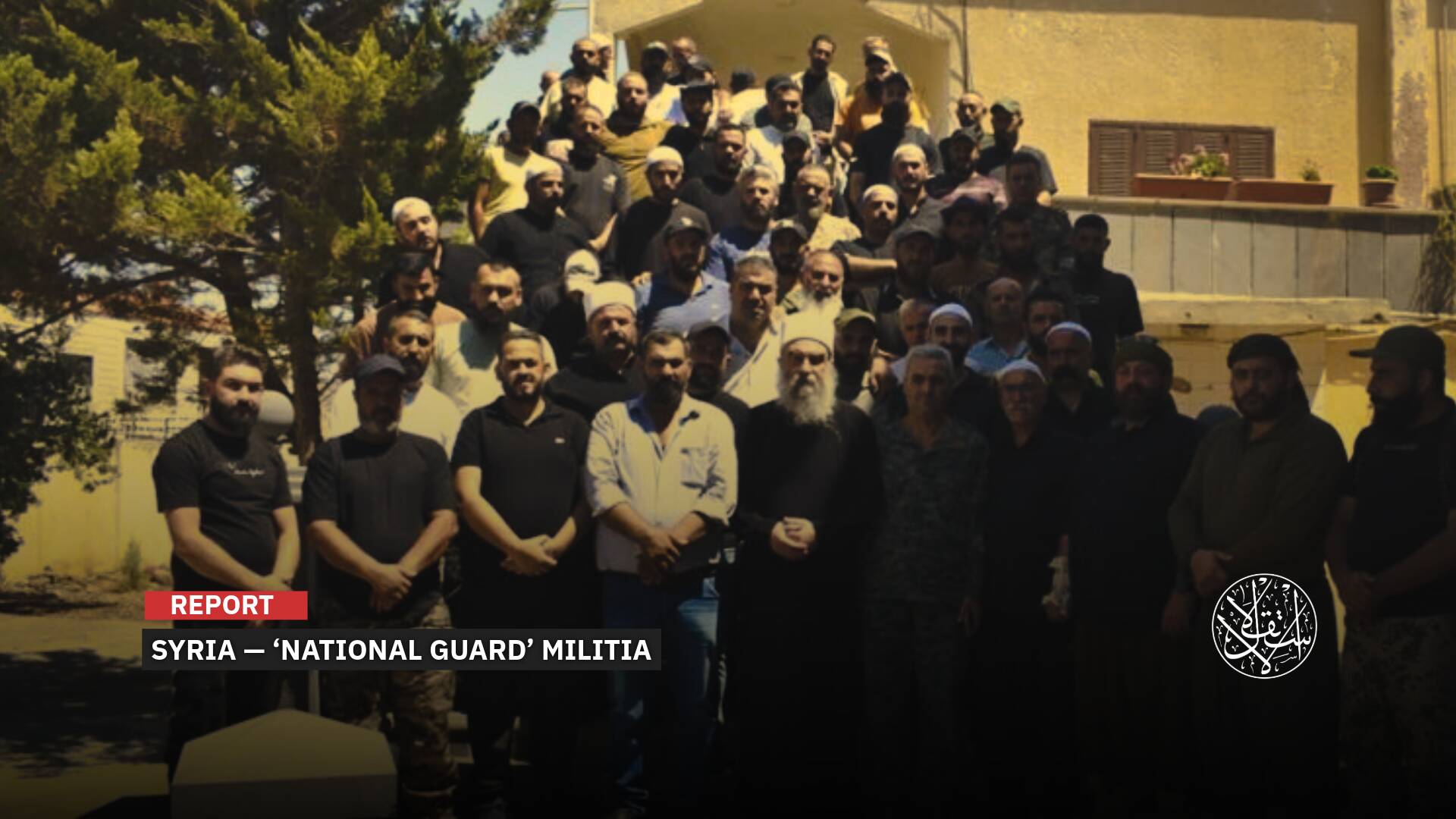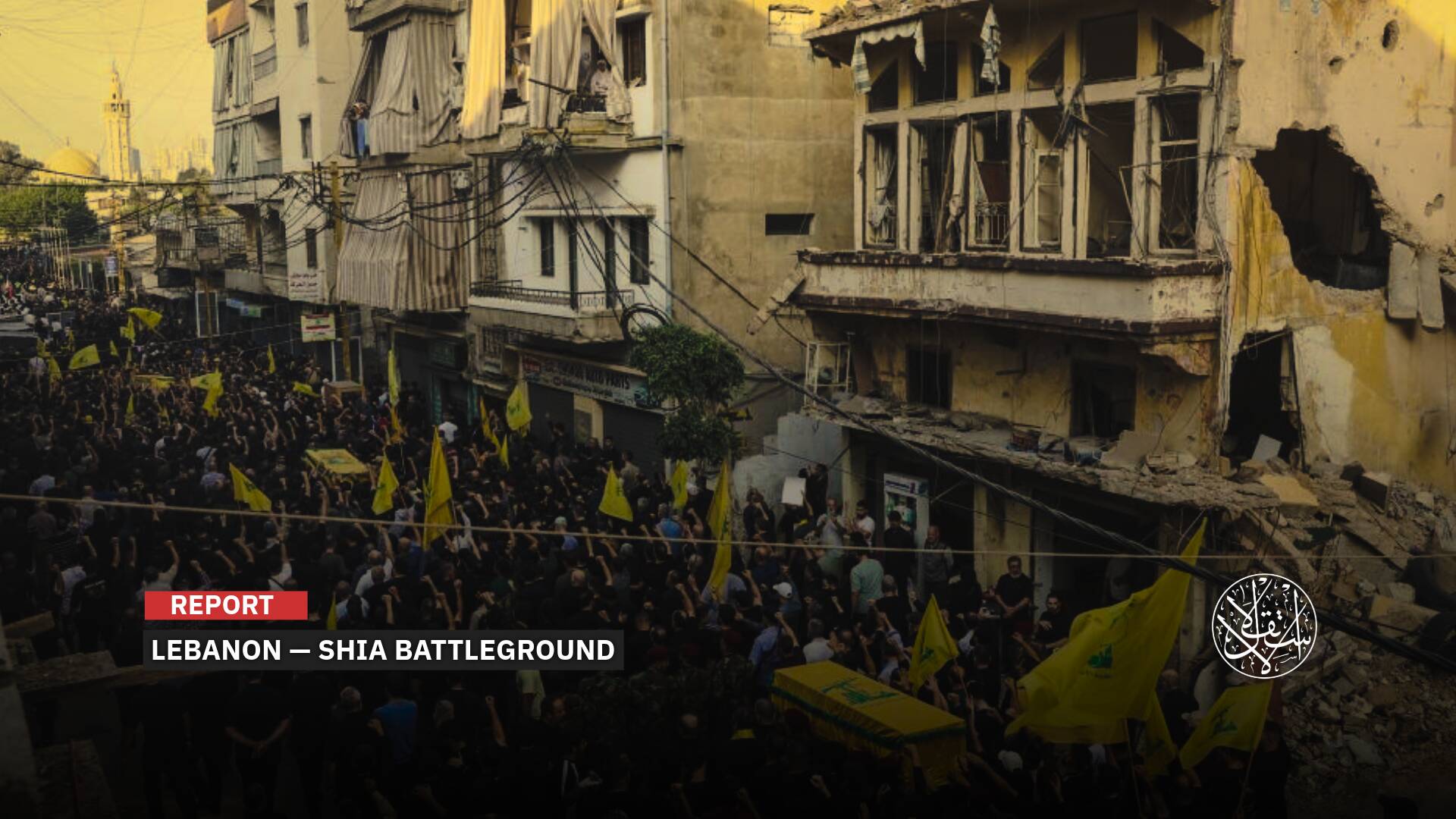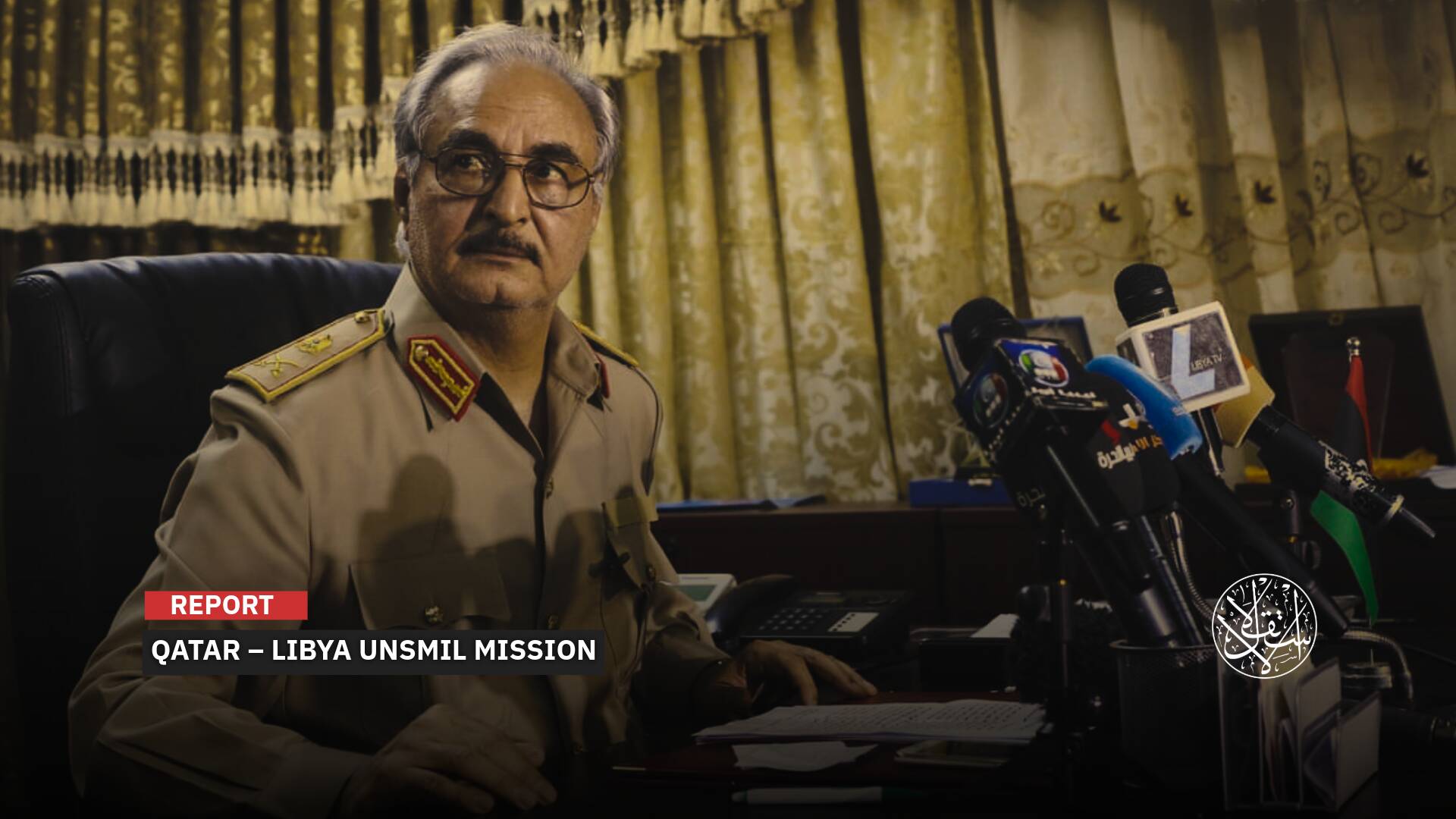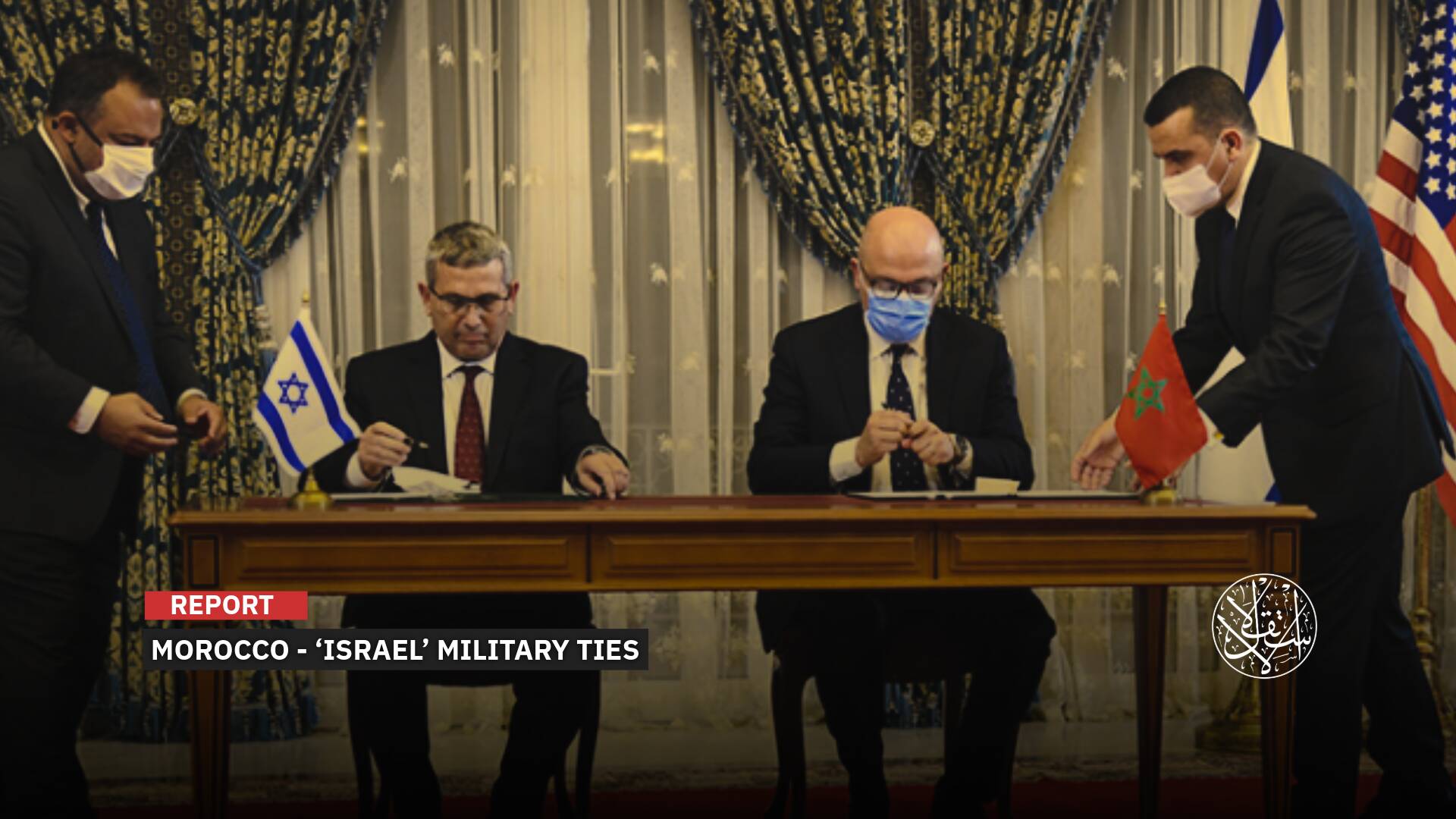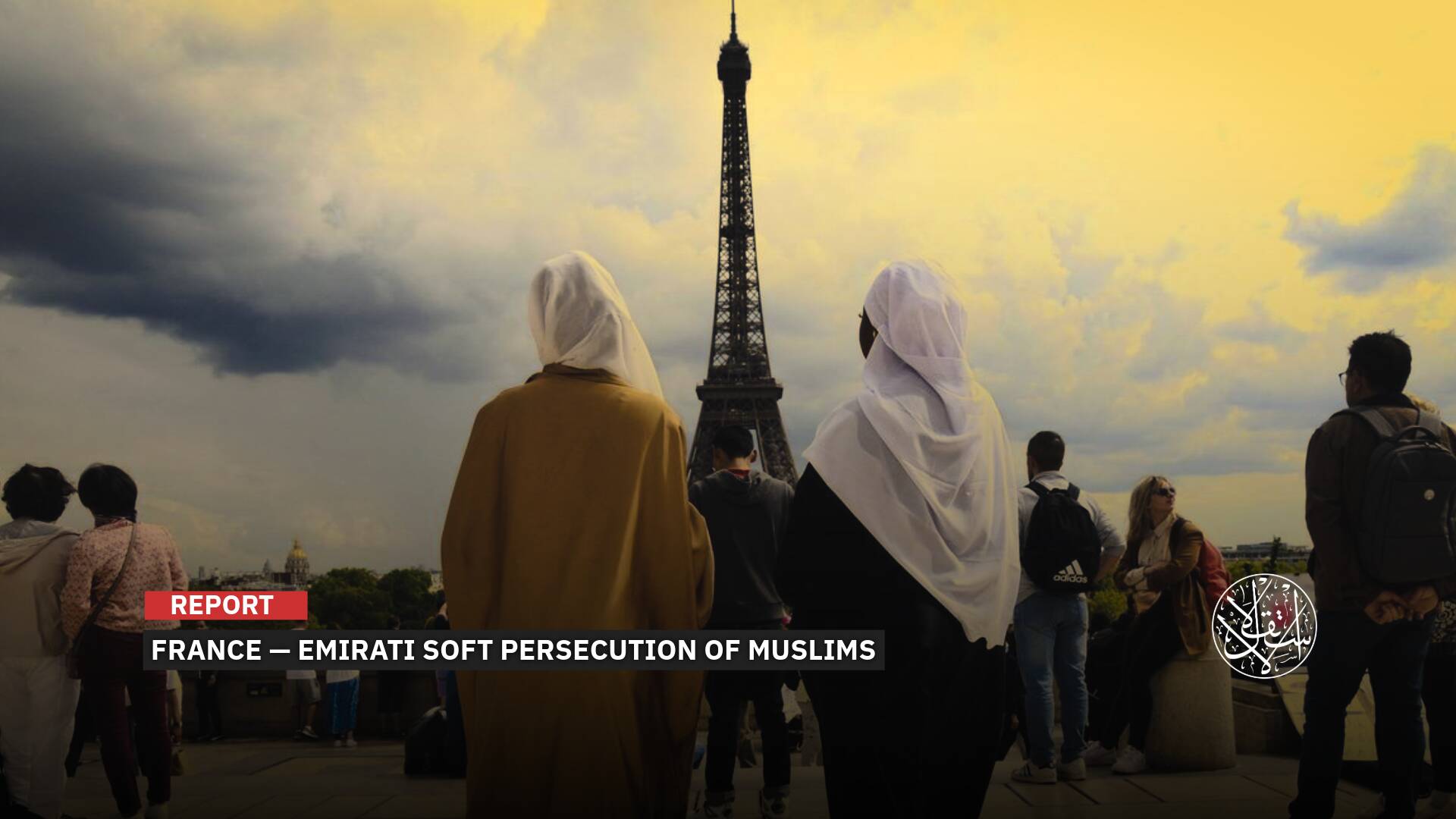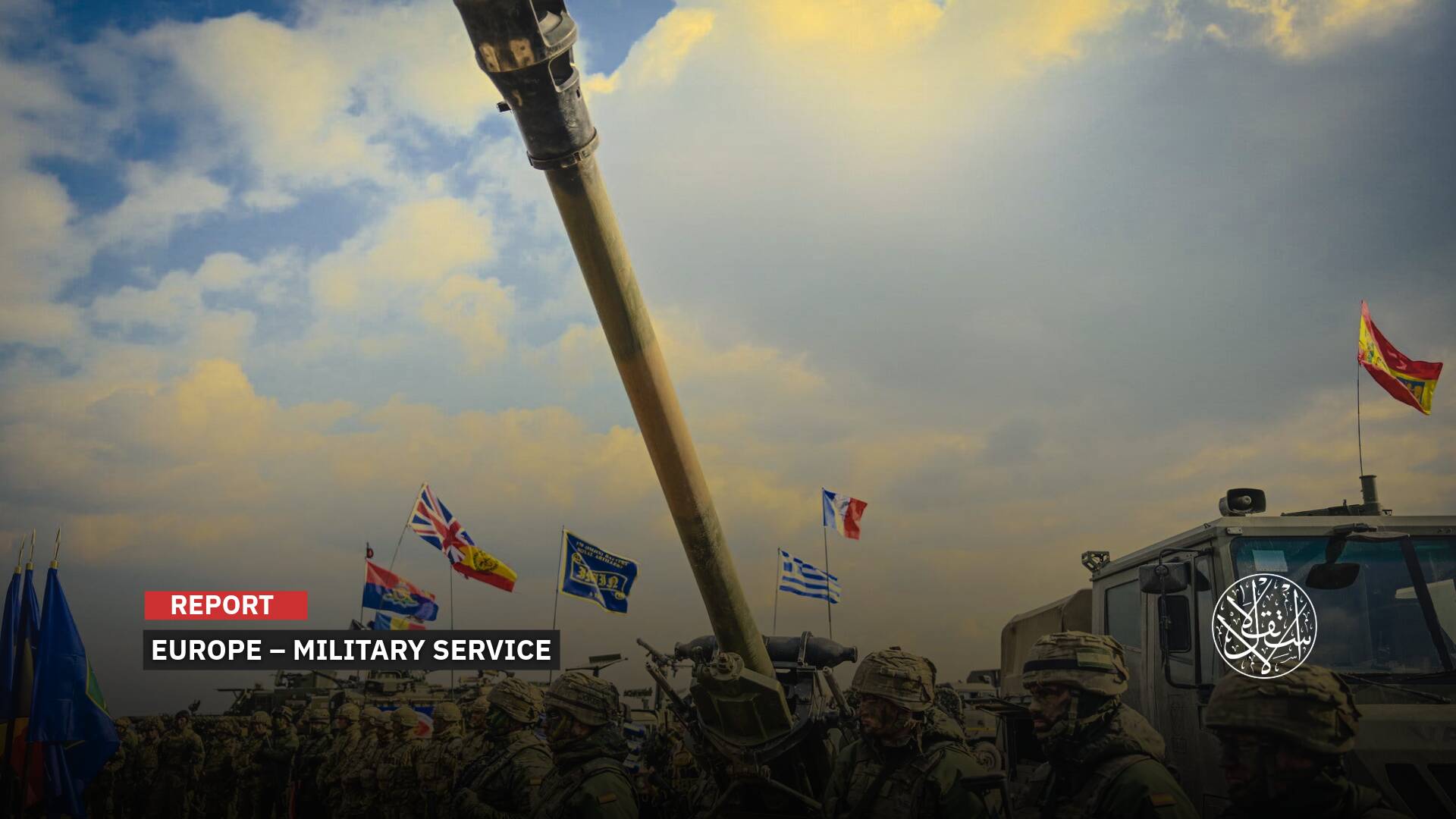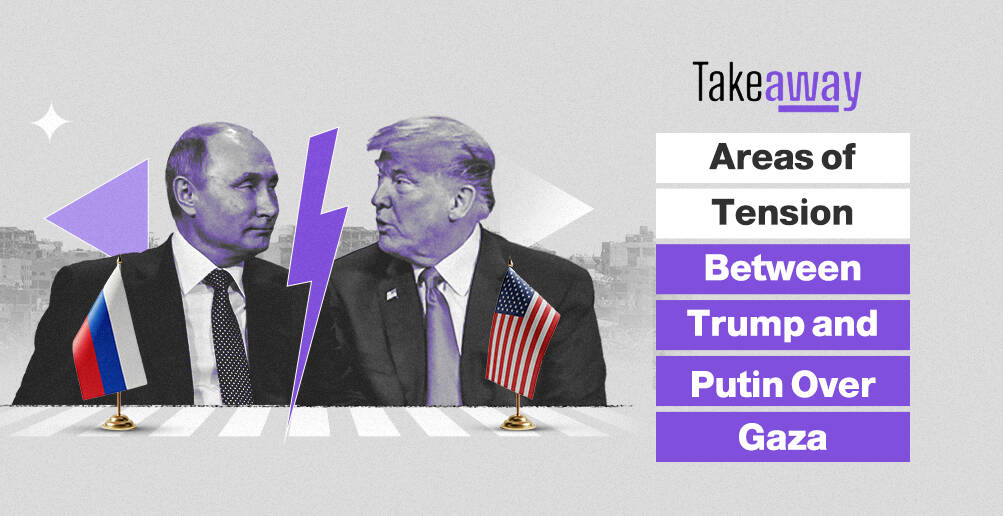'The Hunter Force': Al-Burhan’s Strike Arm That Turned the Tide in Sudan

The core members of the Hunter Force were selected from elite paratroopers and commando units.
In his most recent appearance on the evening of June 2, 2025, Rapid Support Forces (RSF) commander Mohamed Hamdan Dagalo, known as Hemedti, appeared unusually tense and combative as he spoke about the ongoing battles in Sudan.
He did not hesitate to issue a direct threat to the Sudanese army, singling out a specific force that has recently become a nightmare for his troops. “We know who’s fighting us now. We know the Hunter Force and we will not allow them to continue,” he warned.
Hemedti’s reference to the Hunter Force was no coincidence. In recent weeks, this elite army unit has helped the Sudanese military reclaim dozens of strategic positions, shifting the momentum on the battlefield.
This special unit has dramatically altered the military landscape by breaking RSF militia supply lines and redrawing the map of control across the capital and other frontlines in various states.
So, what is the Hunter Force that now dominates the military scene? How was it formed within the Sudanese army? And what role does it play in this fierce confrontation with the RSF militia?
The Birth of the Hunter Force
In the early months of the civil war that erupted in mid-April 2023, fighting was marked by a near-conventional balance between two well-armed and organized forces.
That changed when the Sudanese army decided to deploy a new kind of force deep into the conflict. This was when the name “Hunter Force” first began circulating among military correspondents and pro-army social media accounts.
Gradually, it started appearing in battle reports and commanders’ statements—until it eventually became a top target for RSF militia fighters.
As the war dragged on, army leadership recognized the complexity of fighting the RSF, especially in dense urban areas, where the RSF militia had the advantage in speed and mobility. In contrast, conventional army units struggled to maneuver through such terrain.
Military sources told Alnilin that plans to create a specialized unit named “Hunter Force” began in early 2024, within a tight circle of senior army leaders. The initiative was directly overseen by Sovereign Council head Abdel Fattah al-Burhan, with operational support from the army’s General Command.
The main goal was to form a compact, highly trained, flexible force skilled in rapid infiltration, nighttime raids, sniping, reconnaissance, and deep-penetration operations behind enemy lines.
Within a few short months, the Hunter Force was fully operational and ready for deployment.

Structure and Organization
The core of the Hunter Force was initially drawn from elite paratroopers, special forces, field intelligence units, and counterterrorism teams. These personnel underwent intensive training programs that included urban warfare scenarios, guerrilla tactics, and armed reconnaissance.
Although the force was shrouded in secrecy during its early formation, more details have since emerged about its complex organizational structure.
Rather than a single unit, the Hunter Force functions as an umbrella for nearly 30 sub-units, or “sub-operations,” operating under the central command of the Sudanese military. These sub-units are spread across various states, each supported by specialized teams tailored to specific missions.
The total force is estimated at around 20,000 fighters, divided across several key operational sectors.
The structure also includes roughly 2,000 former RSF fighters who surrendered to the army. They were integrated into field intelligence units after being granted assurances for their safety, protection for their families, and reduced legal consequences in exchange for cooperation.
The combat structure consists of several key components: Field intelligence units, deployed across Kordofan and Darfur for more than four months, tracking RSF militia movements and infiltrating their networks. Light mobile assault units, relying heavily on motorcycles and small vehicles for rapid response.
Mixed assault teams, combining light and heavy weaponry, tasked with direct raids and fast offensives. Forward-holding forces, positioned near front lines to secure ground control. Rear-holding units, providing backup and ensuring stability along supply lines. Sweep and clearance teams, pursuing RSF militia remnants in liberated areas. Special logistics units, tasked with uninterrupted delivery of ammunition, supplies, and spare parts.
Additional support comes from allied formations, including camel-mounted troops, regular infantry, al-Baraa battalions, joint forces, Sudan’s Shield Force, and the al-Jazirah Deployment.
While the identities of the field commanders remain classified, reports indicate that the Hunter Force’s operations room reports directly to the Chief of Staff and the heads of armored corps and military intelligence.
Operational sectors include: Sector 22 in Babanusa; Sector 16 in Nyala; Sector 21 in Zalingei; Sector 20 in el-Geneina; Sector 6 in el-Fasher.
With this intricate structure, the Hunter Force has been able to conduct agile operations that combine firepower with intelligence-led tactics—enabling it to penetrate RSF defenses and secure wide territorial gains across multiple regions.

Symbolism and Implications
The Hunter Force is not merely a conventional military unit under the Sudanese army; it carries symbolic and ideological weight that goes far beyond its battlefield maneuvers.
The name “Hunter” was not chosen arbitrarily. From the outset, it evokes an offensive posture—signaling initiative, stealth, and a high level of tracking proficiency. According to a detailed analysis published by Sudan’s al-Rakoba newspaper on June 3, 2025, the name was selected in deliberate contrast to narratives that have long portrayed the Sudanese army, particularly by its adversaries, as a slow-moving force lacking battlefield initiative.
In that context, the name represents a rebranding effort—projecting the army as a force with elite units capable of swift, decisive strikes and the rapid seizure of strategic positions.
The Hunter Force was equipped with a heavy arsenal that included older model T-55 and T-62 tanks, Grad rocket launchers or equivalents, motorized infantry units, and fast-moving 4x4 armored vehicles. The force also made extensive use of motorcycles for rapid raids in urban zones and the outskirts of Kordofan and Darfur.
The Hunter Force received aerial and logistical support from regional allies of the Sudanese army, such as Egypt and other countries—either through the supply of drones or the provision of precise intelligence that enhanced its effectiveness in the field.
The ideological dimension also played a role in shaping the Hunter Force. al-Rakoba pointed out that elements of the unit included Islamist fighters and personnel from the Joint Forces, adding an unmistakable ideological undertone to the battles, especially in the Kordofan front.
This ideological framing intersects with Sudan’s long-standing struggle over national identity, pitting the narrative of a centralized state against that of “re-founding” the state, a vision championed by Hemedti and his alliances with certain armed movements.
In a speech on June 2, 2025, Hemedti claimed that his militias had successfully repelled attacks by the Hunter Force. He framed the battle not merely as a military encounter but as part of a broader ideological and political struggle for power—referring to the Sudanese army as a “mercenary force.”
He also accused the army of receiving foreign backing from Egypt and Iran’s Revolutionary Guard, and of deploying foreign mercenaries—claims that, while likely part of a broader propaganda war, also reveal the rebels’ growing anxiety over the scale of military and regional escalation now surrounding them.
The Hunter Force represents more than just a military push to regain initiative in the west. It is a bold attempt to test the army’s ability to launch high-impact offensive operations following a series of earlier battlefield setbacks, al-Rakoba concluded.

Key Battles
The Hunter Force has carried out a series of military operations that have marked turning points in the course of the war across the Kordofan region and western Sudan.
Through these operations, the Sudanese army regained control of strategic locations that had remained under Rapid Support Forces (RSF) control for several months.
In late January 2025, the Hunter Force successfully recaptured Umm Ruwaba—the second-largest city in North Kordofan—following intense clashes with RSF fighters, who had attempted to halt the army's advance using ambushes and drones.
The RSF had seized Umm Ruwaba in September 2023, leveraging its strategic position, approximately 145 kilometers southeast of el-Obeid, the state capital, and around 480 kilometers southwest of Khartoum.
Umm Ruwaba is a vital commercial hub and a key junction connecting western Sudan and South Kordofan to Khartoum and Port Sudan on the eastern coast.
Following its victory in Umm Ruwaba, the Hunter Force advanced westward toward the city of er-Rahad, the third-largest in North Kordofan and adjacent to South Kordofan. On February 17, 2025, the force stormed the city (known for its production of oilseeds and hibiscus) and reclaimed it after expelling the RSF.
In the er-Rahad axis, the Hunter Force also liberated several strategic villages, most notably Sidrah and Jebel al-Dair—both of which had served as RSF positions near the border with South Kordofan.
Brigadier General Omar Abdelrahman confirmed that the Hunter Force entered el-Obeid, the capital of North Kordofan, on February 23, 2025. The city had been under siege and isolated since the war began, with initial fighting sparked by RSF attempts to target el-Obeid airport and, in particular, Sudanese Air Force combat aircraft.
The brigadier general described the breaking of the siege as a “decisive moment in the Battle of Dignity, and a major blow to those backing the rebel militias with funds and supplies.”
The Hunter Force continued its operations westward, capturing the town of el-Ayara, located just 20 kilometers from el-Obeid. El-Ayara witnessed fierce clashes with RSF units, ending in their defeat and heavy losses—around 70 RSF fighters were killed, dozens wounded, and a large number of vehicles and military assets destroyed.
Following its success in el-Ayara, the Hunter Force pushed further toward the strategic axis of en-Nahud in West Kordofan, as part of a broader campaign aimed at reclaiming full control of the western region from the RSF.

Operating Tactics
The Hunter Force initially focused on carrying out precision operations behind Rapid Support Forces (RSF) lines, capitalizing on its members’ training in agile movement through densely populated neighborhoods that had turned into open battlefields.
Its core missions included setting ambushes to sever RSF supply lines between southern Khartoum and Omdurman, and carrying out targeted assassinations of RSF field commanders using mobile sniper teams.
The force also launched rapid strikes on RSF camps in Soba, east of Khartoum, and in the Tiba and al-Mohandessin districts of Omdurman. It further participated in clearing the strategic zone surrounding army headquarters of remaining RSF fighters.
According to military sources cited by several Sudanese newspapers, the Hunter Force operated with the support of high-precision intelligence and maintained direct coordination with senior command operations rooms at army headquarters.
“The Hunter Force has become the RSF’s primary concern in recent months and several factors have intensified RSF leadership’s fears of this specialized unit,” Sudanese journalist and analyst Mohamed Nasr told Al-Estiklal.
“Foremost among them is the force’s superior mobility and tactical flexibility compared to the army’s conventional units.”
“It has also demonstrated a high level of effectiveness in carrying out precise, surprise strikes targeting RSF commanders in unexpected locations—repeatedly disrupting the RSF’s command-and-control systems on multiple fronts,” Nasr added.
“Since the emergence of the Hunter Force on the battlefield, the RSF began losing the offensive initiative it had long maintained, and for the first time, found itself forced into defensive positions across several key areas.”
Nasr noted that RSF militia leadership’s concern was made clear in a speech by General Mohamed Hamdan Dagalo (Hemedti) on June 2, 2025, in which he specifically named the Hunter Force and described it as the most pressing threat facing his troops at this stage of the conflict.
As for the future of the Hunter Force, Nasr said discussions within Sudan’s military establishment have grown increasingly serious regarding its fate after the war.
He revealed that there is genuine consideration of transforming the Hunter Force into a permanent rapid-response unit within the structure of the Sudanese army.
This comes in light of its exceptional ability to conduct urban warfare—an arena that has long posed a formidable challenge to conventional forces.
Nasr concluded that the Hunter Force experience will remain one of the most pivotal developments in the trajectory of the war.
“In just a few months,” he said, “this special unit managed to shift the balance on a battlefield defined by one of the deadliest conflicts in Sudan’s modern history.”
“As Sudan walks a fine line between military victory and political settlement, a critical question remains: Will the Hunter Force prove to be a temporary wartime exception, or is it the beginning of a new era—one that reshapes the army’s doctrine and balance of power for decades to come?”
Sources
- The Hunter Force: The Militia’s Nightmare and the Unraveling of Its Alliances [Arabic]
- Hemedti’s Speech on the Hunter Force Defeat [Arabic]
- Sudan: Can the "Hunter Force" Push Beyond Kordofan and Knock on Darfur's Doors? [Arabic]
- What Does the Entry of the Hunter Force into el-Obeid Mean? Here Are the Full Details! [Arabic]
- The Janjaweed Hunter [Arabic]


